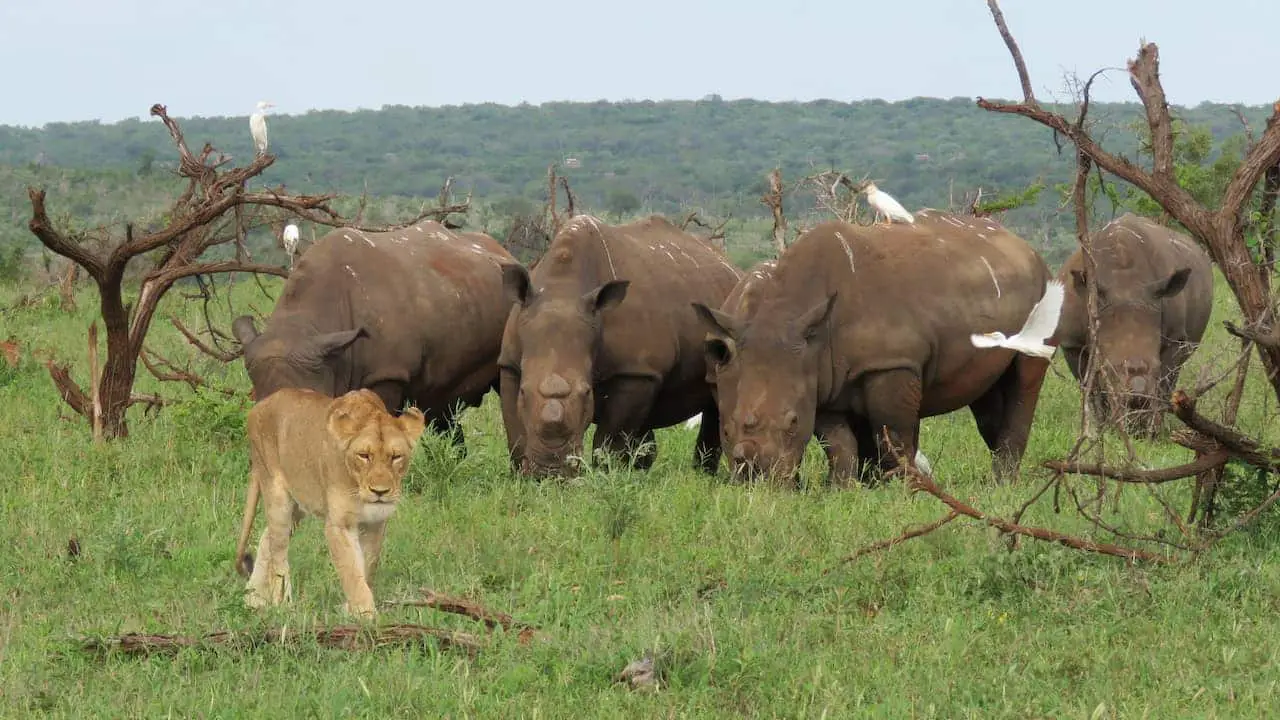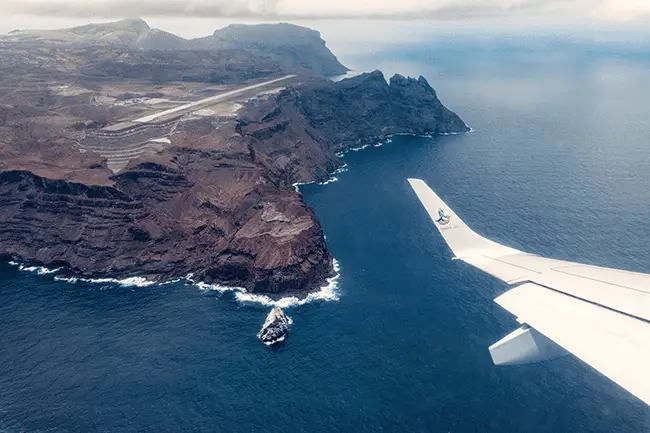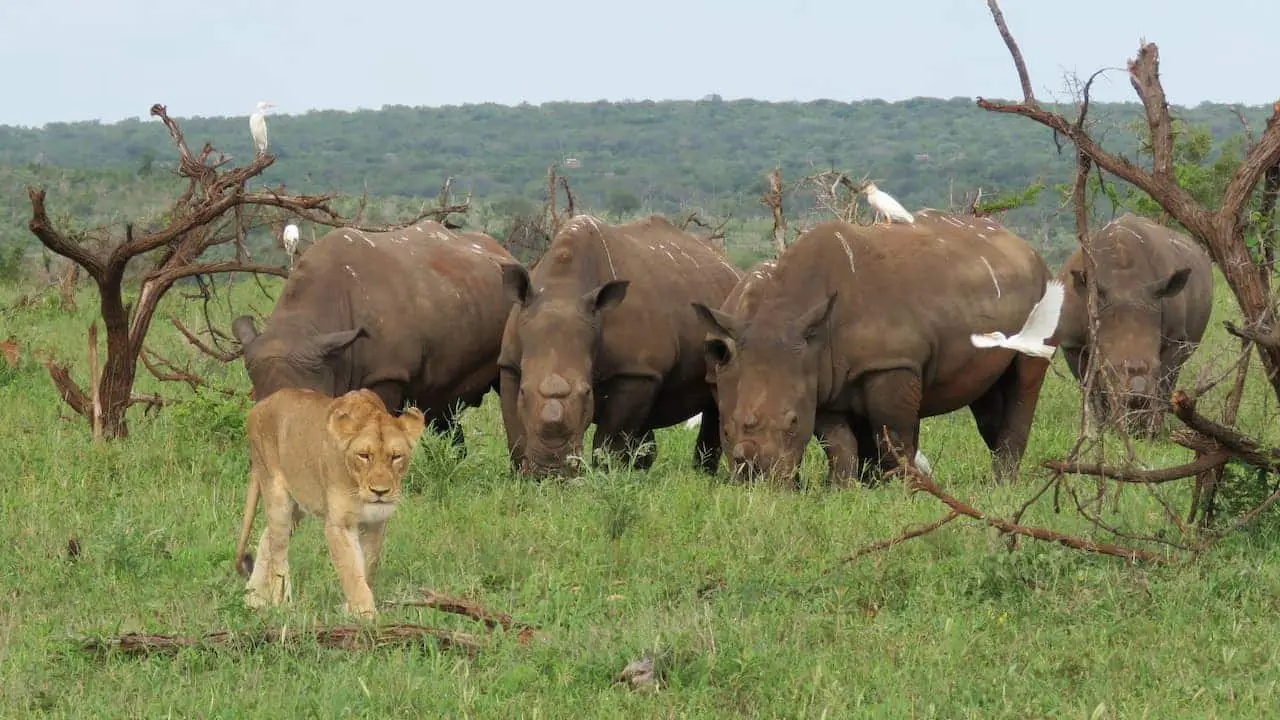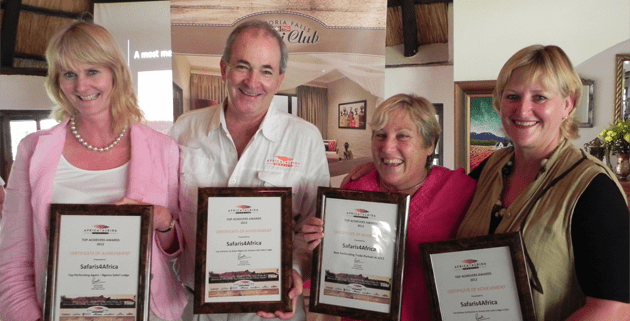Magical Kenya
Kenya is determined to grow its tourism arrivals from both regional and long-haul international markets and is keen to engage with the travel trade to make this happen, writes Des Langkilde.
Muriithi Ndegwa, Managing Director of the Kenya Tourism Board said at a media briefing during the Indaba Travel Trade Show in Durban during May, that tourist arrivals from South Africa had grown by 16 percent compared to the previous year and that he would like to continue this growth path at 10 percent per annum.
Despite fears of a downward trend due to the presidential elections held in March 2013, which saw Uhuru Kenyatta, son of Kenya’s first president, sworn in as president during April, Kenya’s tourism sector has managed to hold on to the gains of 2011. Total arrivals for 2012 declined with a slight margin standing at 1,780,768 compared to 1,785,382 for 2011 (0.3%). Estimated receipts from tourism in 2012 stood at Kshs 96.02 Billion (1.118b USD), a 1.92% drop from the Kshs 97.90 Billion (1.140b USD), realised in 2011. Holiday remained the major purpose of travelling to Kenya accounting for 75% of all arrivals. Business arrivals stood at 8% with Conference arrivals taking 3%.
Ndegwa said that much is being done to pave the way for tourism growth in the country. He cited future planed events, which include; the World Eco Tourism Conference in September, hosting the World Travel Awards on 0I October and the Magical Kenya Travel Expo from 18 to 20 October, events to coincide with the Solar Eclipse on 03 November and a Jubilee planned for December.
Kenya Tourism Board (KTB) was voted Africa’s leading Tourism Board 2012 in the Africa category, at the 19th World Travel Awards. “Kenya stood out for its sustained innovative and cutting edge marketing campaigns targeting both the traditional and new niche market segments, in an increasingly competitive global tourism industry,” said Ndegwa, who also appreciated the contribution of all the stakeholders towards this achievement.
MobiApp

Security
“We have a specialist police unit dealing with tourist security,” said Ndegwa in reply to a question from media representatives on how Kenya plans to counter the country’s notorious reputation as an unsafe travel destination.
The special Tourist Police unit that Ndegwa referred to, has been created through an agreement between the Commissioner of Police and the Permanent Secretary, Ministry of Tourism and Wildlife.
- The functions of the Tourist Police Unit include: –
- Provide security and safety to tourists
- Handle and receive inquiries, claims and complaints by tourists
- Investigate tourists related crimes and prosecute offenders
- Patrol beaches, hotels and tourist circuits streets/roads
- Provide escorts to tourists
- Protect tourists from harassment by illegal hawkers
- Assist tourists during cultural festivals
- Detect and prevent over charging of goods in the Tourism Sector
In addition, a Safety and Communication Centre exists under the auspices of the Kenya Tourism Federation (KTF), which is operated 24hrs a day to monitor visitor safety. This centre provides a 24hr TOURIST HELPLINE (02 – 604767) where tourists can seek assistance in case of need.
The KTF Safety Centre is the brainchild of the leading tourism trade associations comprising the Kenya Associations of Tour Operators (KATO), Hotelkeepers and Caterers (KAHC), Travel Agents (KATA), Budget hotels (KBHA), Air Operators (KAAO) as well as Mombasa and Coast Tourism Association (MCTA). The Safety and Communication Centre is manned by well-trained staff who are at hand to attend to any issues of concern to tourists. These include security, health, road conditions, travel advisories and updates.
Visitor Attractions
A large proportion of Kenya’s tourism revolves around safaris and tours of its great National Parks and Game Reserves. While most tourists do visit for safari, there are also cultural aspects of the country to explore in cities like Mombasa and Lamu on the coast. The Masai Mara National Reserve is usually where the Maasai Village can be found that most tourists like to visit. Tourists can experience water-boarding, surfing, wind surfing and more on the beautiful beaches, thus enjoying a bush/beach combination holiday.

Amboseli National Park. Situated in the Kajiado District, Rift Valley Province in Kenya, the park is 390 km² (150 mi2) in size at the core of an 8,000 km² ecosystem that spreads across the Kenya-Tanzania border. This low-rainfall area (average 350 mm) is one of the best wildlife-viewing experiences in the world. The park protects two of the five main swamps, and includes a dried-up Pleistocene lake and semi-arid vegetation.

Kora National Park covers an area of 1,787 km² and is located 125 km east of Mount Kenya. The park was initially gazetted as a nature reserve in 1973. It was gazetted as a national park in 1990, following the murder of George Adamson by poachers.

Lake Nakuru National Park. This 168 km² park was created in 1961 around Lake Nakuru, to the south of Nakuru Town, in the Great Rift Valley. It is best known for its flamingos as surface of the shallow lake is often hardly recognisable due to the continually shifting mass of pink. The number of flamingoes on the lake varies with water and food conditions and the best vantage point is from Baboon Cliff. Scientists have calculated that the Flamingoes feed on 250,000 kilograms of algae per year for each hectare of surface area. Also of interest is an area of 188 km around the lake fenced off as a sanctuary to protect Rothschild giraffes and black rhinos.

Mount Kenya National Park. Established in 1949, this park protects the region surrounding Mount Kenya. In April 1978 the area was designated a UNESCO Biosphere Reserve and the national park and the forest reserve, combined, became a UNESCO World Heritage Site in 1997.

Nairobi National Park became Kenya’s first national park when it was established in 1946. It is located approximately 7 km south of the centre of Nairobi, Kenya’s capital city, and is small in relation to most of Africa’s national parks. Nairobi’s skyscrapers can be seen from the park. It is one of Kenya’s most successful rhinoceros sanctuaries. The park’s proximity to Nairobi causes conflicts between the park’s animals and local people and threatens animals’ migration routes as migrating herbivores concentrate in the park during the dry season.

Besides the National Parks, there are also fifteen National Reserves and six Marine Parks and Marine Reserves in Kenya.
Links:
Kenya Ministry of Tourism: www.tourism.go.ke
Kenya Tourist Board: www.magicalkenya.com
Kenya Tourism Federation (KTF): www.ktf.co.ke
Kenya Association of Tour Operators (KATO): www.katokenya.org
Kenya Association of Hotelkeepers & Caterers: www.kahc.co.ke
Ecotourism Society of Kenya: www.ecotourismkenya.org





